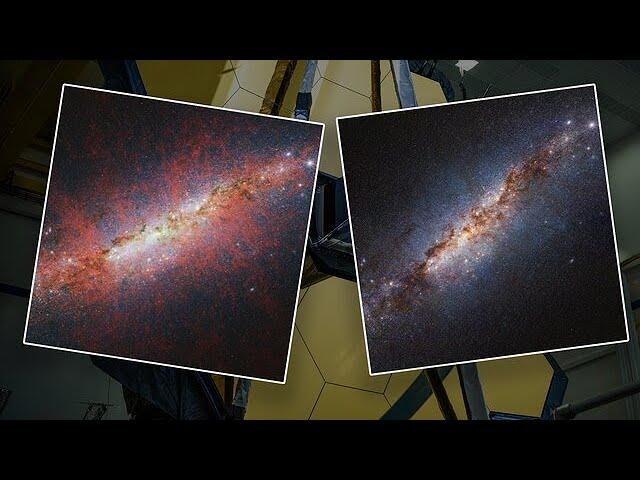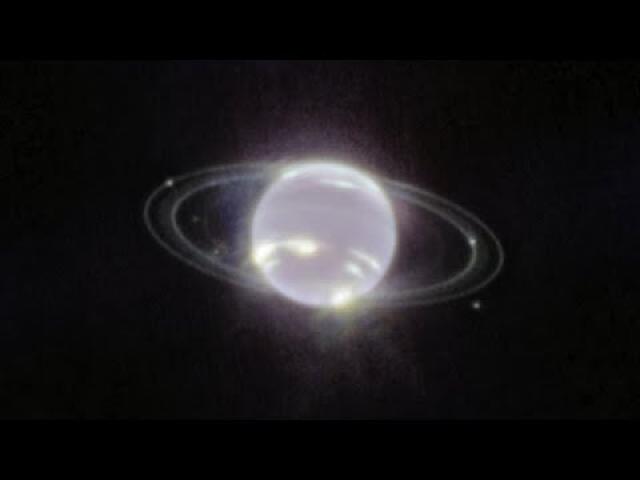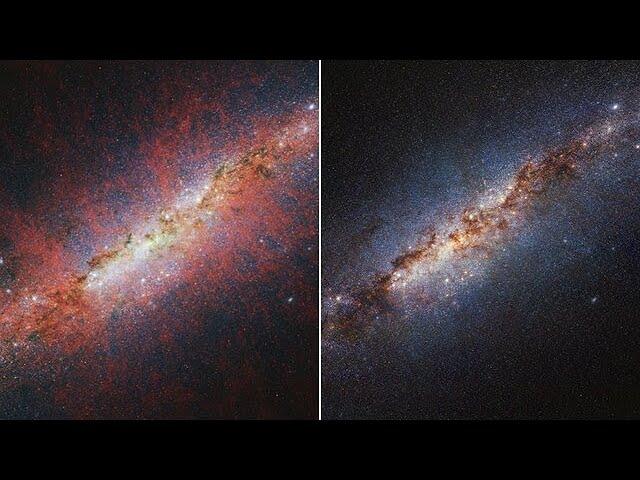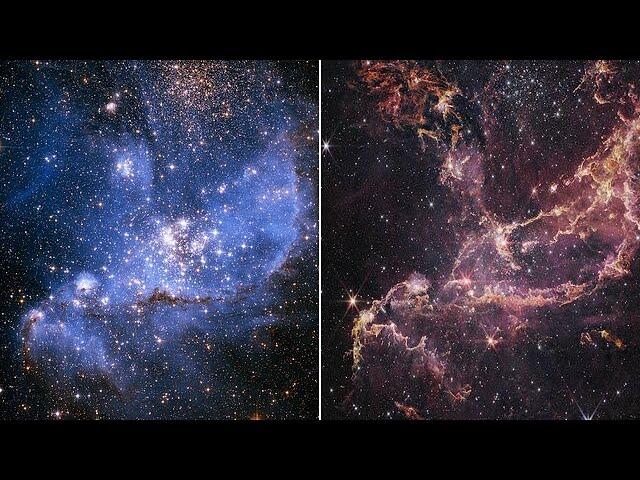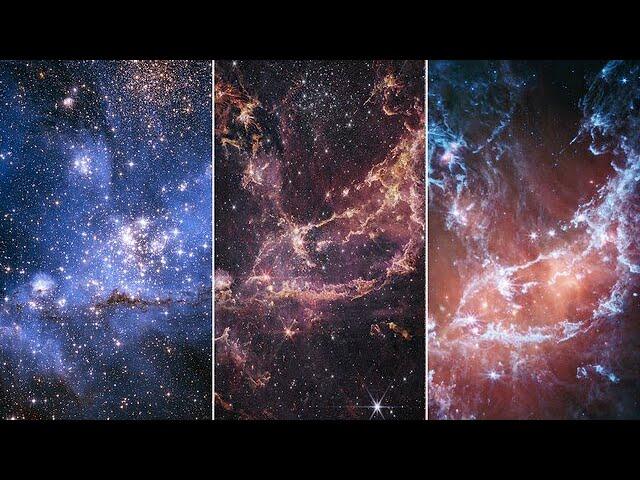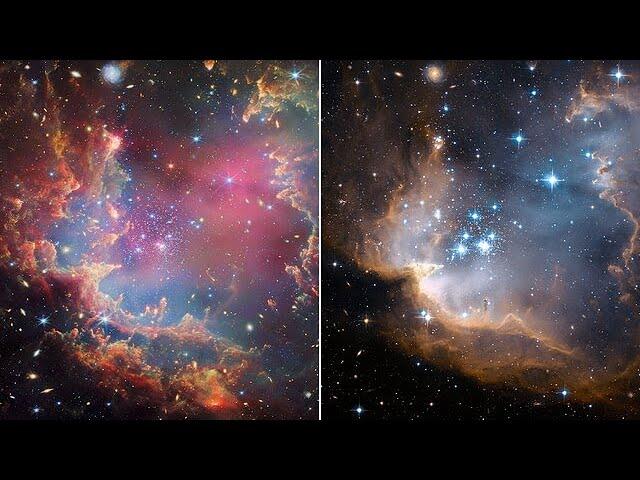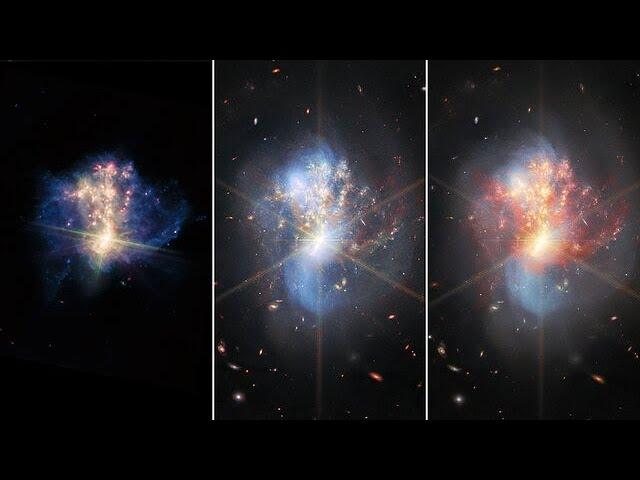Webb’s views of Cas A
Description
Cassiopeia A (Cas A) is a supernova remnant located about 11 000 light-years from Earth in the constellation Cassiopeia. It spans approximately 10 light-years.
First shown in this video is the object as seen by Webb's NIRCam instrument (released in December 2023). Next is the object as seen by Webb's MIRI instrument (released in April 2023).
Thanks to the details revealed by Webb, astronomers have now entered a new era in the study of Cas A. Webb’s MIRI image started this story, revealing new and unexpected features within the inner shell of the supernova remnant. Many of those features are invisible in the new NIRCam image, and astronomers are investigating why.
Infrared light is invisible to our eyes, so image processors and scientists translate these wavelengths of light to visible colours. In this newest image of Cas A, colours were assigned to different filters from NIRCam, and each of those colours hints at different activity occurring within the object.
At first glance, the NIRCam image may appear less colourful than the MIRI image. However, this does not mean there is a lack of information: it simply comes down to the wavelengths in which the material from the object is emitting its light.
The most noticeable colours in Webb’s newest image are clumps of bright orange and light pink that make up the inner shell of the supernova remnant. Webb’s razor-sharp view can detect the tiniest knots of gas, comprised of sulphur, oxygen, argon, and neon from the star itself. Embedded in this gas is a mixture of dust and molecules, which will eventually become components of new stars and planetary systems. Some filaments of debris are too tiny to be resolved by even Webb, meaning they are comparable to or less than 16 billion kilometres across (around 100 astronomical units). In comparison, the entirety of Cas A spans 10 light-years, or roughly 96 trillion kilometres.
More information and download options: http://esawebb.org/videos/weic2330c/
Credit:
NASA, ESA, CSA, STScI, D. Milisavljevic (Purdue University), T. Temim (Princeton University), I. De Looze (University of Gent), N. Bartmann (ESA/Webb)
Music: Stellardrone - The Night Sky in Motion

